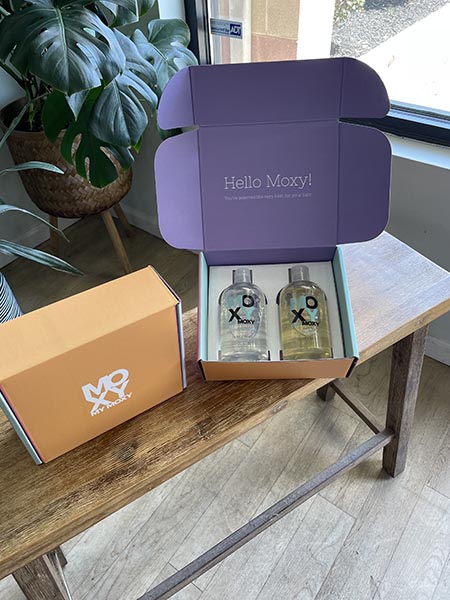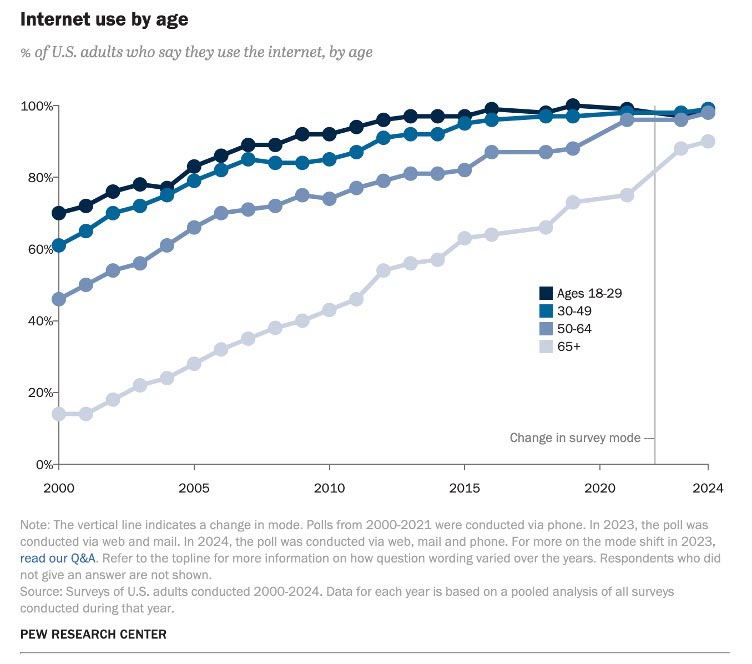It’s the Holy Grail of the commercial printing industry: the customer that knows it needs to grow using multiple channels, including print, and is willing to make the investment to make it happen. The result is a highly profitable and long-term relationship. Do these clients exist? Or are they like unicorns in the forest?
They do exist, and according to Full Sail Media (Baltimore, MD), they have one thing in common: They start off knowing they are stuck.
Full Sail, whose tagline is “Your Brand Unstuck,” was founded by Nelson Anderson. Starting in 2004, Anderson took a simple Minuteman Press franchise and grew it to the largest in the country. In 2017, he started Full Sail, which today offers a full complement of print and digital marketing solutions (including a full production studio), as well as large format, mailing, promotional items, and apparel, into which he moved all but one of his Minuteman franchises. This gave Anderson a full marketing arsenal to get its clients unstuck.

Nelson Anderson, founder of Full Sail Media.
“Many are multi-generational companies or startups that reach a certain point in their businesses, then they stop growing and can’t figure out why,” says Anderson.
So how does a company get unstuck?
Start with Brand Positioning
Instead of rushing to throw a bunch of money at marketing (even multichannel marketing), Anderson starts with brand positioning. What is your brand? Who is your ideal customer?
“When they first come to us, you’d be surprised how many customers can’t answer this question,” he says. “This isn’t just startups. It’s established companies, too. Their products change. Their customers change. Their brand changes. Suddenly, their marketing isn’t working anymore and they wonder why.”
To move out of their stuck positions, Full Sail helps its clients understand that have to be very clear, not where their brand used to be, but where it is now. Anderson gives the example of one customer that started out selling 2x4 lumber. Now the company offers a retail location that caters to walk-in traffic and offers complete kitchen redesigns, window and door installation, and an entire deck department. “If we were trying to use the same marketing strategy that they used to find contractors a decade ago, we would only be hitting a small part of their market,” he explains.
Anderson notes that the lack of understanding of current brand positioning is a challenge that plagues, not just established companies, but startups, too. He gives the example of a client called My Moxy, which sells clarifying shampoos. “Because this is a higher end product, when they started up, they thought their target audience was women 35–55 years old. Once they engaged with us, however, we found that the brand and the products specifically aligned with a much younger demographic—18–28 years old. Getting them unstuck wasn’t an issue of branding. It was an issue of product use. Who was using clarifying shampoos?”
In fact, after doing a series of tests, Full Sail discovered that My Moxy’s original target audience didn’t even know what a clarifying shampoo was. “This was a real surprise to them,” he says.
A Big Surprise
As a result of this discovery, Full Sail recommended that My Moxy split its messaging into two lanes.
For the 35–55 audience, it created a campaign designed first to make them “problem aware” (what a clarifying shampoo was and why they needed one) and then to make them “solution aware” (why they needed My Moxy). For the 18–28-year old audience, which was already problem aware, Full Sail simply had to close the gap and make them “solution aware.”
Full Sail’s solution involved a lot of message development and lots of A/B testing. To reach the older audience, it started with Facebook and Instagram. For the younger audience, it started with TikTok and Instagram. For both audiences, it added print as a major component. This included creative labeling for the bottles and developing a beautiful e-commerce box with an e-flute holder. “This is an e-commerce product only, so the packaging was critical,” says Anderson. “We wanted a nice unboxing experience with an insert explaining how to use the shampoo and how to reorder.”

E-flute box for the My Moxy clarifying shampoos—a major component of the product's branding.
This blending of print and digital is one of Full Sail’s unique competencies. As it has grown the digital side of the business, it has seen more and more opportunities to do so. As it has, Full Sail has been rewarded with way better response rates—way better, Anderson says: “This is one of our superpowers.”
Indeed, through exercising its superpower, one lesson that it has learned is not to turn its nose up at “small spenders,” especially on the print side. “Those clients who don’t spend a lot of money on print will often spend a lot of money on digital marketing,” Anderson concludes. “By offering a full range of services, that “small” customer can become a big customer relatively quickly.”

In addition to a full complement of offset and digital production solutions, Full Sail Media offers a full production studio, as well.









